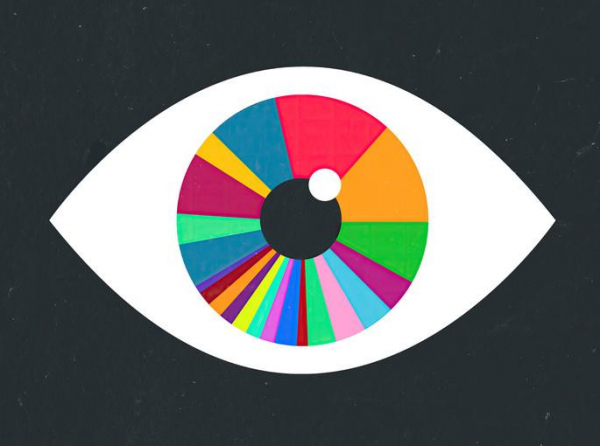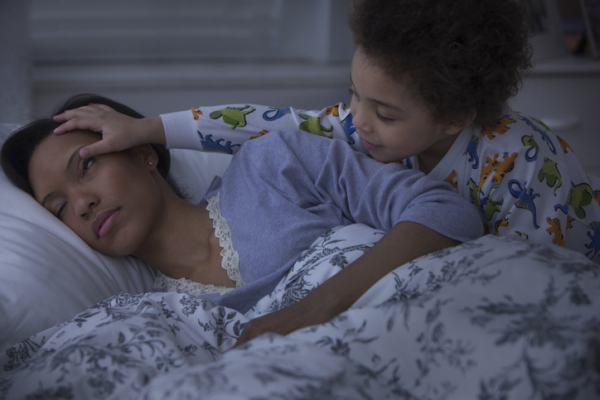Color-changing eye drops: Are they safe?

As the adage goes, the eyes are the windows to the soul. So what does it mean to wish yours were a different color?
Apparently enough people share this desire to create a bustling market for color-changing eye drops, which are making the rounds through social media and online retailers.
Personalizing eye color might sound tempting, especially for younger people and those who enjoy experimenting with elements of fashion or style. But are over-the-counter, color-changing eye drops safe? The answer is a hard no, according to the American Academy of Ophthalmology (AAO), which recently issued a warning against “eye color-changing solutions.”
Why shouldn’t you try color-changing eye drops?
Color-changing eye drops aren’t approved by the FDA, haven’t been tested for safety or effectiveness, and could potentially damage people’s eyes, the AAO warns.
“It might seem benign when you see a product like this online,” says Dr. Michael Boland, an associate professor of ophthalmology and glaucoma specialist at Harvard-affiliated Mass Eye and Ear. “People think, ‘Why not try it?’.” “But there’s no way to know what’s in these bottles and no oversight over how they’re being made.”
How do the eye drops work?
That’s not clear. Companies manufacturing the drops claim the products adjust levels of melanin in the iris, the colored portion of the eyeball. Purportedly, the effects begin to be visible within hours and can last for a week or longer. If a user wants enduring results, they’ll need to continue using the product.
But these claims skirt a complete lack of evidence that the drops have any effects on the iris, much less the desired effects, Dr. Boland says.
“I’ve found zero descriptions of how they work in terms of a plausible mechanism,” he says. The ingredients list includes things that might be found in other eye drops or drugs or even cosmetics, but nothing that would actually change your eye color.”
How might the drops hurt your eyes?
The AAO lists a variety of potential safety risks from using these products or any other unregulated eye drops, including:
- inflammation
- infection
- light sensitivity
- increased eye pressure or glaucoma
- permanent vision loss.
“All of those problems are possible, since we don’t have any real idea what’s in these bottles,” Dr. Boland says. “The biggest concern is damage to the cornea, the clear part of the front of the eye. If the cornea is damaged by the chemicals in those bottles, you might lose vision.”
Are there safe alternatives to change eye color?
Still hankering for a way to get, say, Taylor Swift’s electric blue eyes or Julia Roberts’ golden brown peepers? There is a trustworthy option, Dr. Boland says: colored contact lenses. But he recommends choosing that option with caution.
“Professionally prescribed and dispensed contact lenses are a safe way to change your eye color,” he says. “But don’t buy them online. Get them from a reputable source to make sure they’ve been regulated and evaluated as safe, because contacts can damage the eye if they’re not designed properly or kept clean.”
About the Author

Maureen Salamon, Executive Editor, Harvard Women's Health Watch
Maureen Salamon is executive editor of Harvard Women’s Health Watch. She began her career as a newspaper reporter and later covered health and medicine for a wide variety of websites, magazines, and hospitals. Her work has … See Full Bio View all posts by Maureen Salamon
About the Reviewer

Howard E. LeWine, MD, Chief Medical Editor, Harvard Health Publishing; Editorial Advisory Board Member, Harvard Health Publishing
Dr. Howard LeWine is a practicing internist at Brigham and Women’s Hospital in Boston, Chief Medical Editor at Harvard Health Publishing, and editor in chief of Harvard Men’s Health Watch. See Full Bio View all posts by Howard E. LeWine, MD














Post Comment